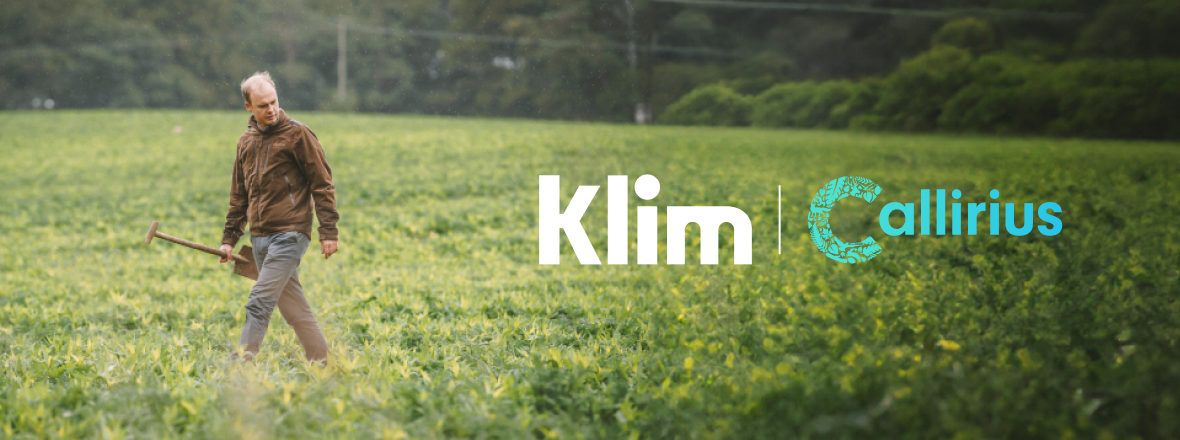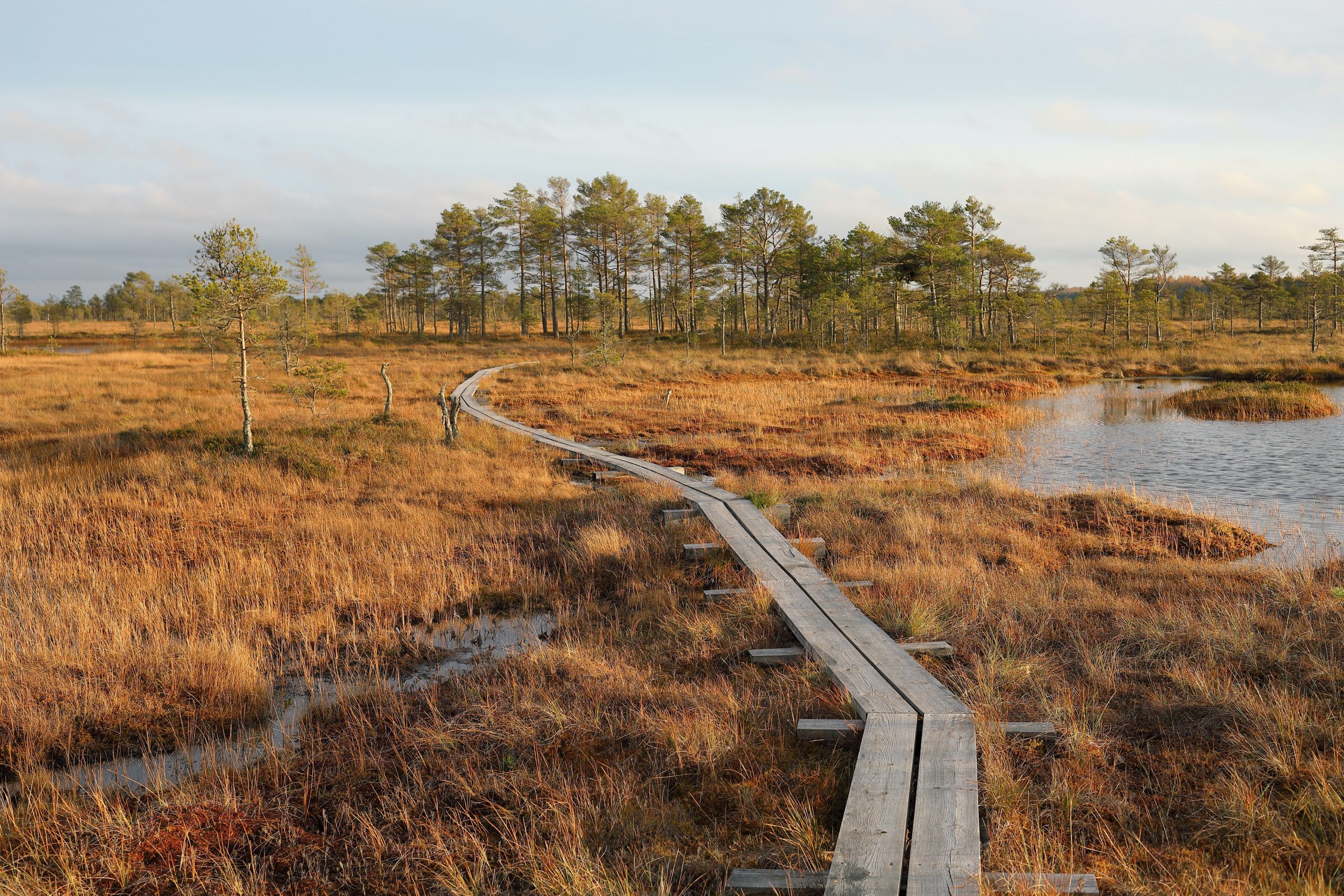
In collaboration with Klim
German AgriTech leading the shift towards regenerative agriculture
Each year, soil degradation impacts millions of hectares of agricultural land, threatening food security and the livelihoods of billions. With 33% of global land already moderately or severely degraded, and estimates suggesting a yearly loss of fertile soil equivalent to the size of the UK, the urgency for effective climate solutions is clear. Among these, regenerative agriculture stands out as a promising strategy to sustainably transform the global agricultural industry. As awareness of the important link between our food systems and climate change grows, the principles of regenerative agriculture promise to not only restore soil health, but also play a crucial role in mitigating climate change through the soil’s carbon sequestration and storage potential.
The promise of regenerative agriculture
Regenerative agriculture is a more sustainable approach to food production that focuses on improving soil health by restoring degraded arable lands. With its principles and methods, it can promote biodiversity, enhance the water cycle, and strengthen plants’ pest resistance and climate resilience. At the same time it replenishes topsoils by returning organic material to the soil. It is based on a set of pragmatic principles that combine traditional agricultural knowledge with modern practices, that aim to foster a harmonious interplay between farming and the environment. Not only the soil and animal species can benefit from these practices, but also the farmers implementing them, as they reduce the resources/inputs used on their farms. With lower inputs and more resilient crops, they can ensure profitability and future harvests against rising weather extremes and temperatures (Newton et. al., 2020).
Klim’s application of regenerative agriculture for carbon credit creation
Agritech Start-Ups, such as Klim, have developed a system to scale and finance the transformation of agricultural lands through the Voluntary Carbon Market (VCM), by carbon credits, that represent carbon that is sequestered or stored in agricultural fields thanks to specific regenerative practices.
Three examples of regenerative practices and their carbon sequestration effects
- Catch Crops:
Catch crops are fast-growing plants, such as legumes, phacelia, and grasses, cultivated between two maincrops. They enhance soil fertility by reducing nutrient losses, improving water retention, soil structure, and providing nourishment for soil microbes and insects, fostering a healthier farm ecosystem. As these crops grow, they absorb CO2 through photosynthesis, which is stored in the soil when incorporated back into it. Their extensive root systems also contribute to carbon storage and promote the growth of soil microorganisms. (Gentsch et. al., 2020 and Kwiatkowski et. al., 2020)
- Legumes
Legumes, including beans, peas, and clovers, play a significant role in regenerative agriculture due to their ability to convert nitrogen from the air into a usable form for plants They act as natural fertilisers avoiding excessive energy consumption and GHG emissions through fertiliser production and use. Additionally, legumes produce substantial biomass above and below ground, sequestering carbon in the soil as organic matter when decomposed, contributing to the overall carbon sequestration potential of agricultural lands (Cusworth et. al., 2021 and WBCSD Food and Agriculture, 2023).
- Minimal soil disturbance
A core principle of regenerative agriculture is reduced tillage. With this cultivation method, the mechanical cultivation of the soil, e.g. by ploughs, is reduced compared to conventional agriculture. This prevents straining soil disturbance and can be achieved by methods such as direct sowing or mulch sowing. As the topsoil is not broken up as much, less carbon is released from it back into the atmosphere. This also promotes biological activity and preserves the fields’ humus content, which enhances the soil’s ability to store carbon emissions (Luna et. al., 2012).
The soil solution available to everyone
By investing in Klim carbon credits through Callirius, organisations directly support farmers who adopt sustainable practices on their fields, contributing to the wider adoption of regenerative agriculture.
The time to act is now, and the potential rewards are immense – a healthier planet, stronger communities, and enhanced food security for all. Join us in driving this transformative change and contribute financially to scale effective regenerative agriculture through Klim carbon credits here on the Callirius’ Project Portal.

In collaboration with Klim
Klim is a German AgriTech company leading the transformation to regenerative agriculture. This transformation on our farmland restores soil’s potential as a carbon sink, enhances soil fertility and resilience against extreme weather and fosters a thriving, diverse ecosystem. Klim's digital platform and proprietary MRV methodology are designed to facilitate the farmer-friendly transition to regenerative agriculture, ensuring maximum transparency and traceability of the related carbon credits.




